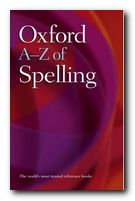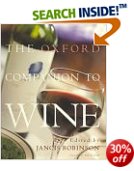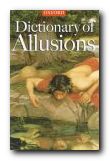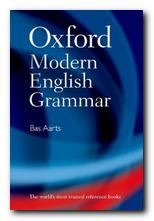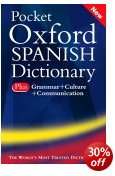a chronicle of events, literature, and politics
1789. French Revolution
1790. Edmund Burke, Reflections on the Revolution in France
1791. Thomas Paine, The Rights of Man
1792. Denmark is first country to abolish slavery. September
massacres in France; royal family imprisoned. Coal gas used for lighting. Mary Wollstencraft, A Vindication of the Rights of Woman.
1793. Louis XVI beheaded. France becomes a republic and the National
Anthem La Marseillaise is composed. The Napoleonic Wars begin. Godwin, Political Justice.
1794. First slave revolution led by Toussaint L’Ouverture in Haiti. Ann Radcliffe, The Mysteries of Udolpho; William Godwin, Caleb Williams; Robert Burns writes Auld Lang Syne; Blake, Songs of Experience.
1795. First horse-drawn railroad appeared in England. Revolt in Ireland.
1796. British doctor Edmund Jenner performs the first vaccination against smallpox. Fanny Burney, Camilla, Mathew Lewis, The Monk.
1798. Wordsworth and Coleridge, Lyrical Ballads. First draft of Northanger Abbey written. T.R. Malthus, Essay on Population
1800. Parliamentary union of Great Britain and Ireland.
1801. Walter Scott, Ballads.
1802. Formation of the Society for the Suppression of Vice in response to concern over obscene literature and pictures – it conducts several prosecutions under the Obscene Libel Law. Wordsworth, Preface to Lyrical Ballads.
1803. Insurrection in Ireland. Britain at war with France. General Enclosures Act permits enclosure of common land. Thomas Chatterton, Works (posthumous).
1804. Napoleon declares himself Emperor. Spain declares war against Great Britain. Blake, Milton and Jerusalem.
1805. Battle of Trafalgar – Nelson’s victory and death. Walter Scott, Lay of the Last Minstrel.
1807. Slave trade abolished in British Empire. Occupation of Portugal by the French.
1808. Occupation of Spain by the French. Goethe, Faust – Part I.
1809. London exhibition of paintings by William Blake.
1810. Scott, The Lady of the Lake.
1811. George III is declared insane and The Prince of Wales becomes regent. ‘Luddite’ disturbances in Nottinghamshire and Yorkshire. Jane Austen publishes first novel, Sense and Sensibility.
1812. Napoleon’s retreat from Moscow.
1813. Austen, Pride and Prejudice. Shelly, Queen Mab.
1814. Stephenson’s steam locomotive. Copyright Act extended the period of copyright to 28 years from date of first publication or the length of the author’s life. Scott’s Waverley begins his career as Europe’s most celebrated novelist [largely unread today]. Jane Austen, Mansfield Park
1815. Battle of Waterloo. Napoleon is defeated. Corn Law passed setting price of corn at 80s per quarter.
1816. Jane Austen, Emma; Coleridge, Kubla Khan; Scott, The Antiquary.
1817. Blackwood’s Edinburgh Magazine founded; Coleridge, Biographia Literaria. Keats, Poems.
1818. Jane Austen, Northanger Abbey; Persuasion (published posthumously); Mary Shelly, Frankenstein; Scott, Rob Roy. Keats, Endymion.
1819. Peterloo massacre. Seditious Publications Act (copy tax on periodicals containing news). Savannah is the first steamship to cross the Atlantic. Sir Walter Scott, Ivanhoe; Byron, Don Juan.
1820. George IV becomes king. Shelley, Prometheus Unbound.
1821. Mechanics Institutes formed in Glasgow and London. Death of John Keats. Shelley, Defence of Poetry, Thomas DeQuincey, Confessions of an Opium Eater.
1822. Famine in Ireland. Shelly drowns in Italy. Charles Lamb, Essays of Elia.
1823. Charles Macintosh develops a new fabric for making raincoats. William Webb Ellis, a boy at Rugby school, unwittingly starts the development of the game that was to become known as ‘rugby’.
1824. The National Gallery is opened; G. Combe, Elements of Frenology. Death of Byron.
1825. Stockton-Darlington railway opened; Trade Unions are legalized.
1827. University College London founded. Constable paints The Cornfield.
1828. The Duke of Wellington becomes Prime Minister.
1829. The Governesses’ Mutual Society is founded in response to public concern over the situation of unemployed governesses. Catholic Emancipation Bill sponsored by Sir Robert Peel is passed – Roman Catholics in the UK are relieved of the oppressive regulations, some of which had been in force since the time of Henry VIII. Catholics now able to sit as Members of Parliament. Invention of the first steam locomotive. Founding of the Metropolitan Police Force. Thomas Carlyle, Signs of the Times.
© Roy Johnson 2009
More on How-To
More on literary studies
More on writing skills
